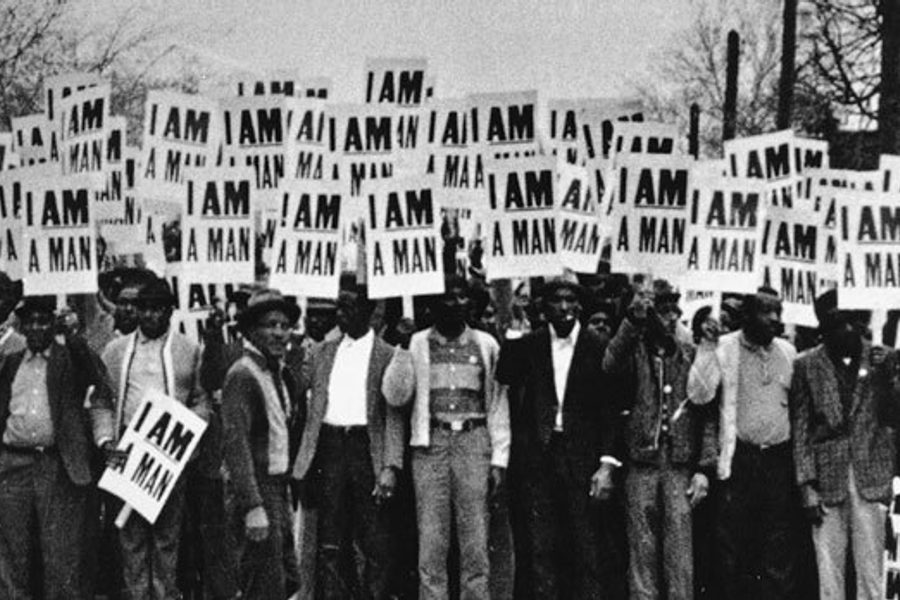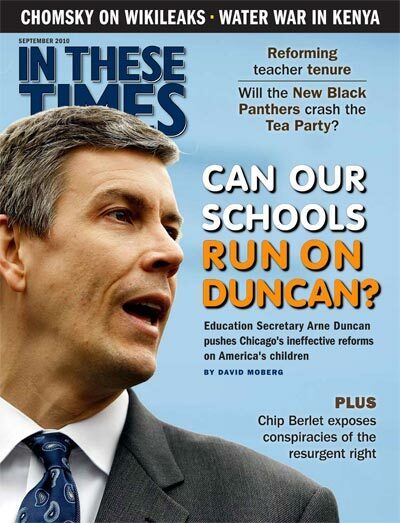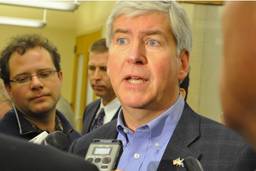A Bronx School Tale
A new book shows how grassroots community organizing and persistence turned around one of the country’s most corrupt school districts.
Louis Nayman

No admonition is more likely to piss off an organizer than, “Hey. Let’s not get stuck in the weeds.”
It’s among the weeds that organizers spend their working lives, and South Bronx Community School District 9, the setting for Michael B. Fabricant’s Organizing for Educational Justice: The Campaign for Public School Reform in the South Bronx (University of Minnesota Press), is about as far into the weeds as you can get.
This is the story of community organizing and educational reform in one of the nation’s most corrupt school districts. Occupying a two-square mile patch of turf running eastward from the Harlem River to Crotona Park, and north from 161st to 180th streets, District 9 comprises one of the poorest neighborhoods in New York, with historically high rates of violent crime and arson, and low-performing schools.
Over three decades, Community School Board 9 cultivated a culture of corruption that saw the conviction of three board members for misconduct, self-dealing, shakedowns and theft that, on two separate occasions, resulted in the mass suspension of the entire board.
Educational achievement among District 9’s 31,000 pupils – 98 percent of whom are Hispanic or African American, with 90 percent qualifying for free or subsidized lunches – was the worst in New York. In 1999, an appalling 17 percent of fourth graders scored at grade level on standardized reading tests.
Early parental reform efforts had involved ad hoc confrontational campaigns to remove ineffective principals or redress individual school grievances. But veterans of these struggles came to understand that lasting reform required a systemic approach that reached beyond the walls of any single dysfunctional school or the capabilities of any single community organization.
How six community organizations came together to form the Community Collaborative to Improve District 9 Schools (CC9) into a powerful coalition to promote educational achievement in the South Bronx is at the heart of Fabricant’s story.
Within three years of its establishment in early 2001, CC9 had announced a platform centered on every child’s right to a quality public education, devised a plan for creating and demonstrating an independent base of parental power, obtained $400,000 in foundation grants for hiring organizers and defeated a scheme for gerrymandering selected District 9 schools to neighboring districts.
The centerpiece of CC9’s platform was the establishment of a “Lead Teacher” program for attracting highly qualified veteran educators to serve as professional mentors for teachers in 10 District 9 schools. The aim was to bolster student achievement by improving instructional proficiency through focused professional development, and to improve teacher retention by fostering a school-based culture of collegial engagement. Lead teachers carried a reduced class schedule, allowing them to devote half of their time to mentoring colleagues. Lead teacher salaries were increased by $10,000.
By the autumn of 2004, CC9, New York City and the United Federation of Teachers (UFT) had attracted foundation funding of more than $1.6 million for implementing the Lead Teacher program in 10 CC9 schools. Out of 200 applicants, 36 Lead Teachers were selected.
Two years into the program, teacher turnover rates fell significantly in seven of the first 10 pilot schools. Test score gains exceeded those of students in all of New York City. The percentage of fourth graders reading at grade level increased from 17 percent to 47 percent – still not where it needed to be, but a dramatic improvement in a short time.
By 2006, the Lead Teacher program was expanded to more than 100 schools throughout the city, an additional $30 million in grants to low performing middle schools was secured, and more than $400 million had been obtained for strengthening science instruction in middle schools and high schools.
What makes this more than a feel-good story of struggle and achievement is Fabricant’s determination to explore the how along with the what. That’s why Organizing for Educational Justice is instructive to anyone interested in making change, not just pronouncing it.
CC9 members went door to door seeking support. The group enabled working parents to attend evening meetings by serving family meals and providing childcare. Ice-breaker exercises were built into every agenda to put new members at ease. Solidarity chants closed every meeting to build group cohesion. Translators enabled all to participate on an equal footing. Before every public event or meeting with New York City Department of Education officials or the press, CC9 conducted intensive formal preparation sessions where participants rehearsed arguments and built confidence for thinking on their feet.
All this helped CC9 build a structure capable of increasing parental turnout at public events from less than two dozen to more than 500, and for collecting 10,000 petition signatures in short order and delivering them when promised.
Fabricant describes a dramatic situation where New York City Department of Education Chancellor Joel Klein tested the strength of the community-teacher alliance by inviting CC9, but not the union, to a crucial meeting CC9 had been attempting to set up for months. The meeting’s purpose was to present and work out details of the Lead Teacher program, and obtain Klein’s approval. Losing this meeting would have delayed and possibly killed the program.
In the end, the UFT agreed that CC9 should attend alone, but that for any subsequent meetings on this issue CC9 and the union would go together. CC9 recognized that the Lead Teacher program could not survive or flourish without the UFT’s active participation. The union’s leadership understood that winning reforms that were good for kids and fair to teachers required a strong parent-teacher-community alliance.
Fabricant, a professor at the City University of New York and an elected union officer, has produced a street manual for policy wonks, a policy guide for organizers and a down-to-earth read for everyone in between.








